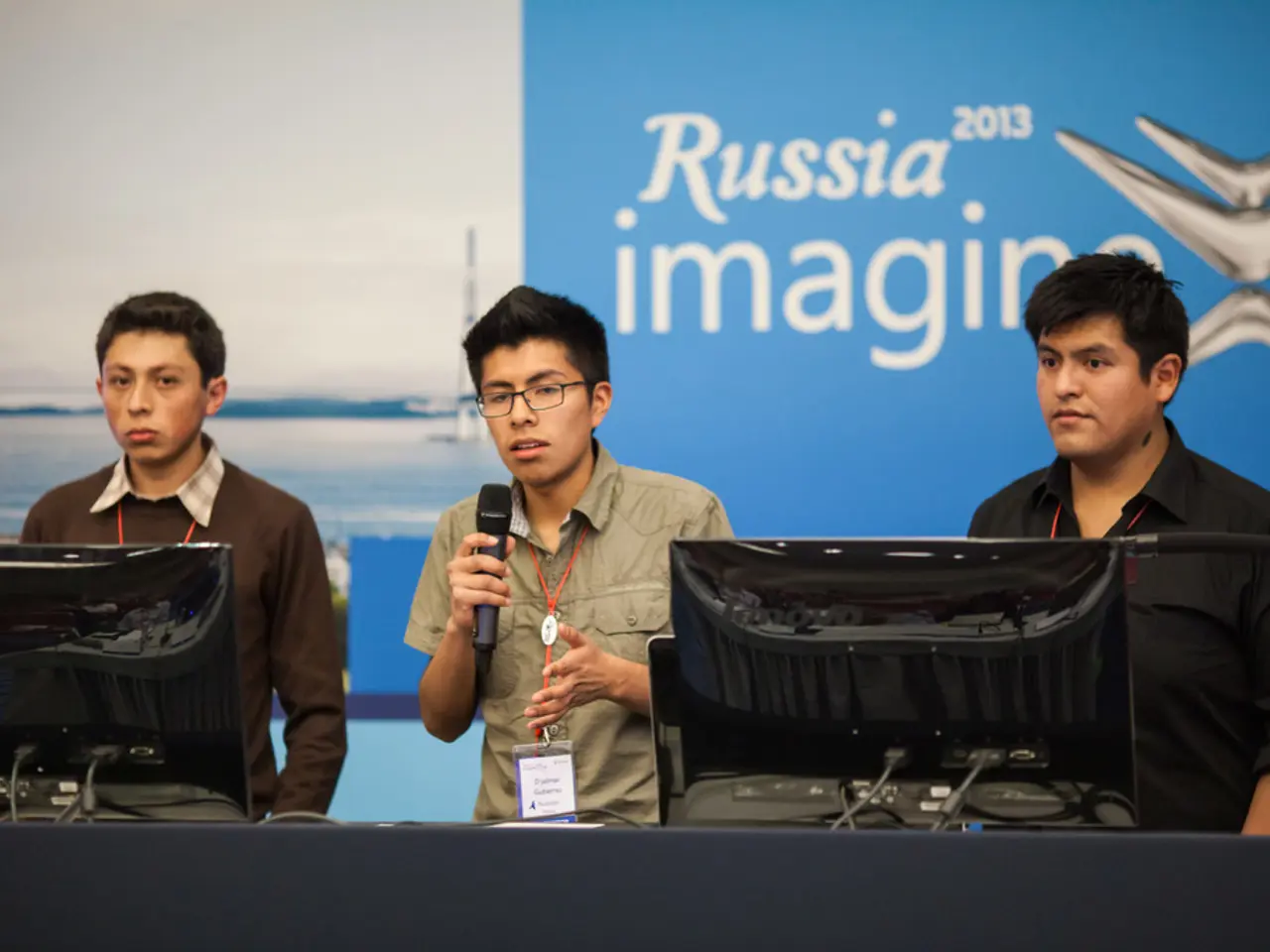Russia seizes new opportunities as Putin and Trump convene in Alaska, ending their isolation from each other.
Russian President Vladimir Putin is en route to Alaska for a summit meeting with the U.S. President, despite the ongoing war in Ukraine and the recent ultimatum from the U.S. for Putin to stop the war. The summit takes place amidst a backdrop of entrenched disagreements and a need for strategic recalibration.
The summit is a significant event, given Putin's previous status as an international pariah because of the war. Russia is approaching the meeting focusing on asserting its strategic position, seeking economic cooperation, and pressing the issue of Ukraine in a way that pressures Kyiv to concede territory.
Regarding strategic security, Russia seeks to reshape its relationship with the U.S. to reduce tensions, emphasizing historical ties and portraying itself as a potential counterbalance to China. Putin’s rhetoric at the summit suggested a power advantage over Ukraine and indicated that pressure on Kyiv to compromise would continue. Russia’s ongoing military strategy includes sustained attacks on Ukrainian cities as a form of coercion during these negotiations.
On economic cooperation, Russian officials have expressed optimism that significant bilateral economic deals could follow the summit, emphasizing "enormous" untapped potential in trade and economic relations. There is a concerted Russian effort to use the meeting to gain much-needed economic relief from the U.S., including discussions about sanctions and trade barriers. However, U.S. analysts warn that accepting economic deals without reciprocal Russian concessions on Ukraine risks weakening American leverage.
Concerning progress on the Ukraine conflict, the summit did not produce agreements or breakthroughs. Russia demands Ukraine become neutral, recognition of Russian control over parts of eastern Ukraine, and acknowledgment of Crimea as Russian territory. The U.S. stance, as represented by Trump, shifted toward suggesting that Ukraine bears responsibility for compromising to end the war. Russia’s strategy continues to apply military pressure while leveraging negotiations to isolate Ukraine diplomatically and economically.
The Kremlin is portraying the summit as an opportunity for economic cooperation with the U.S., with potential areas for collaboration including joint investments in the Arctic. Putin expressed gratitude to Trump and his administration for their efforts to end the conflict in Ukraine. The summit may focus on strategic security, including nuclear arms control, with the New START treaty, the last major arms control deal between the U.S. and Russia, set to expire in early 2026.
As the summit takes place, there is a sense of time travel due to the international dateline. It's Friday evening in Russia's Far East but Friday morning in Alaska. Putin will visit a memorial in Fairbanks that pays tribute to U.S.-Soviet cooperation during World War II. Moscow may not want Trump to leave the summit entirely empty-handed from Anchorage, and a partial ceasefire on air attacks could be a possible area for deal-making, which would save lives and neutralize a key aspect of Ukraine's ability to defend itself.
In summary, Russia’s approach stresses strategic recalibration, economic engagement, and sustained pressure on Ukraine. While the summit opened channels for dialogue, entrenched disagreements and Russia’s demands indicate that significant progress on resolving the Ukraine conflict remains elusive.
- The ongoing war in Ukraine and the need for strategic recalibration in U.S.-Russian relations are significant topics in the recent policy-and-legislation discussions, as the summit between the two leaders takes place amidst these issues.
- Despite the agreed-upon agenda of the summit focusing on strategic security, general-news outlets have reported that Russia aims to use the meeting to reshape its relationship with the U.S., with a special focus on the ongoing war-and-conflicts in Ukraine.








